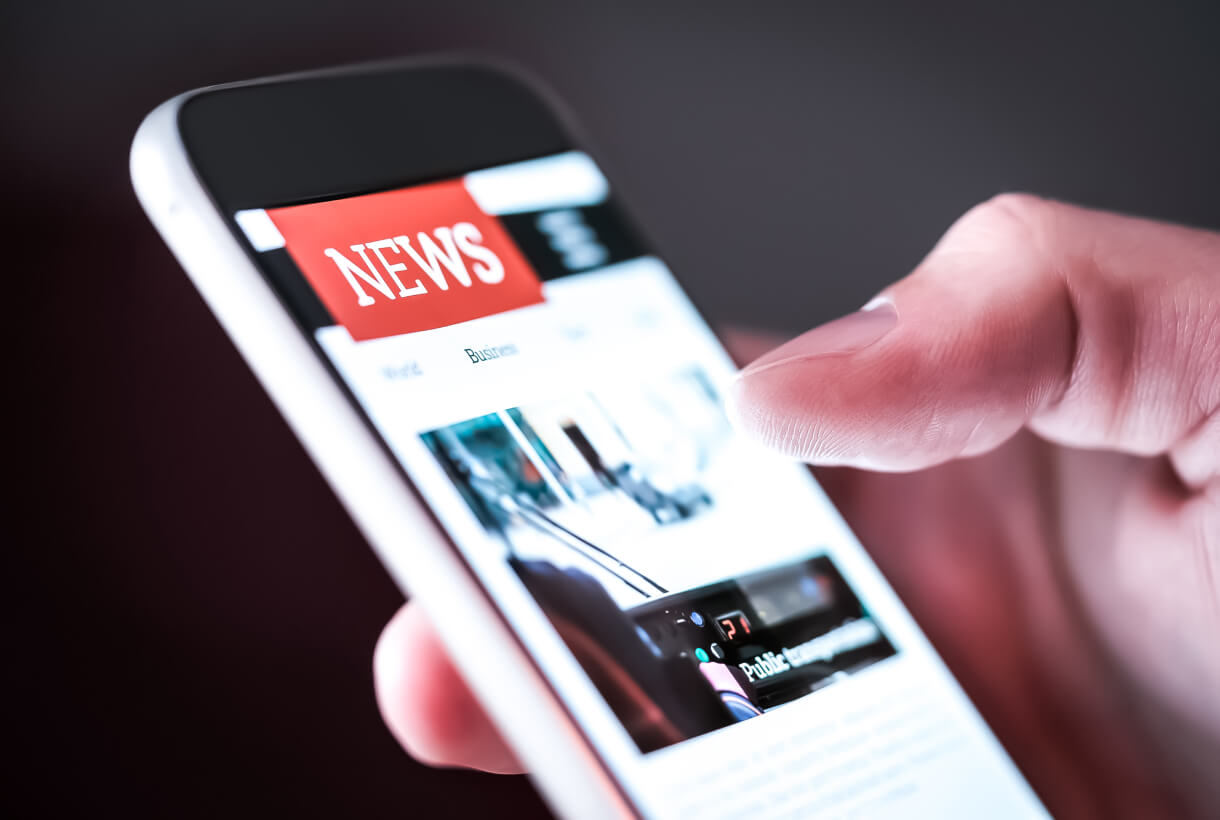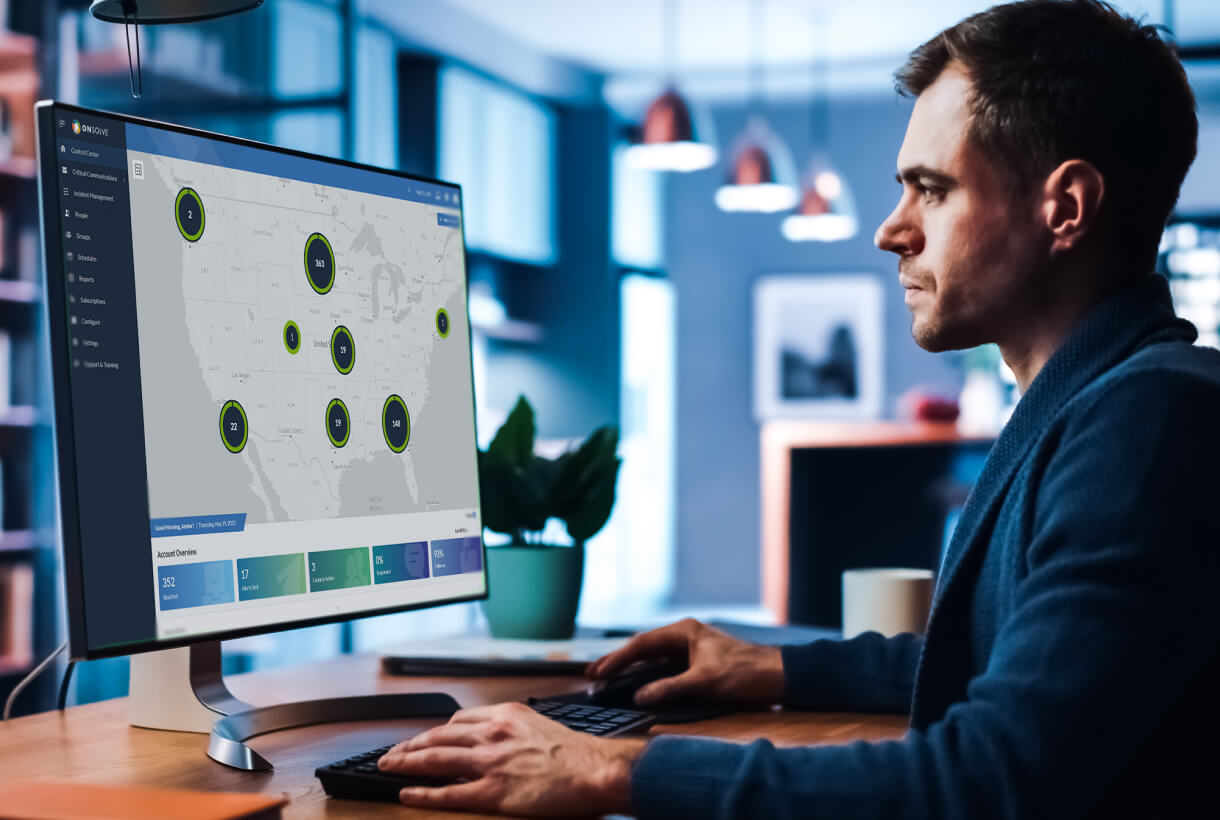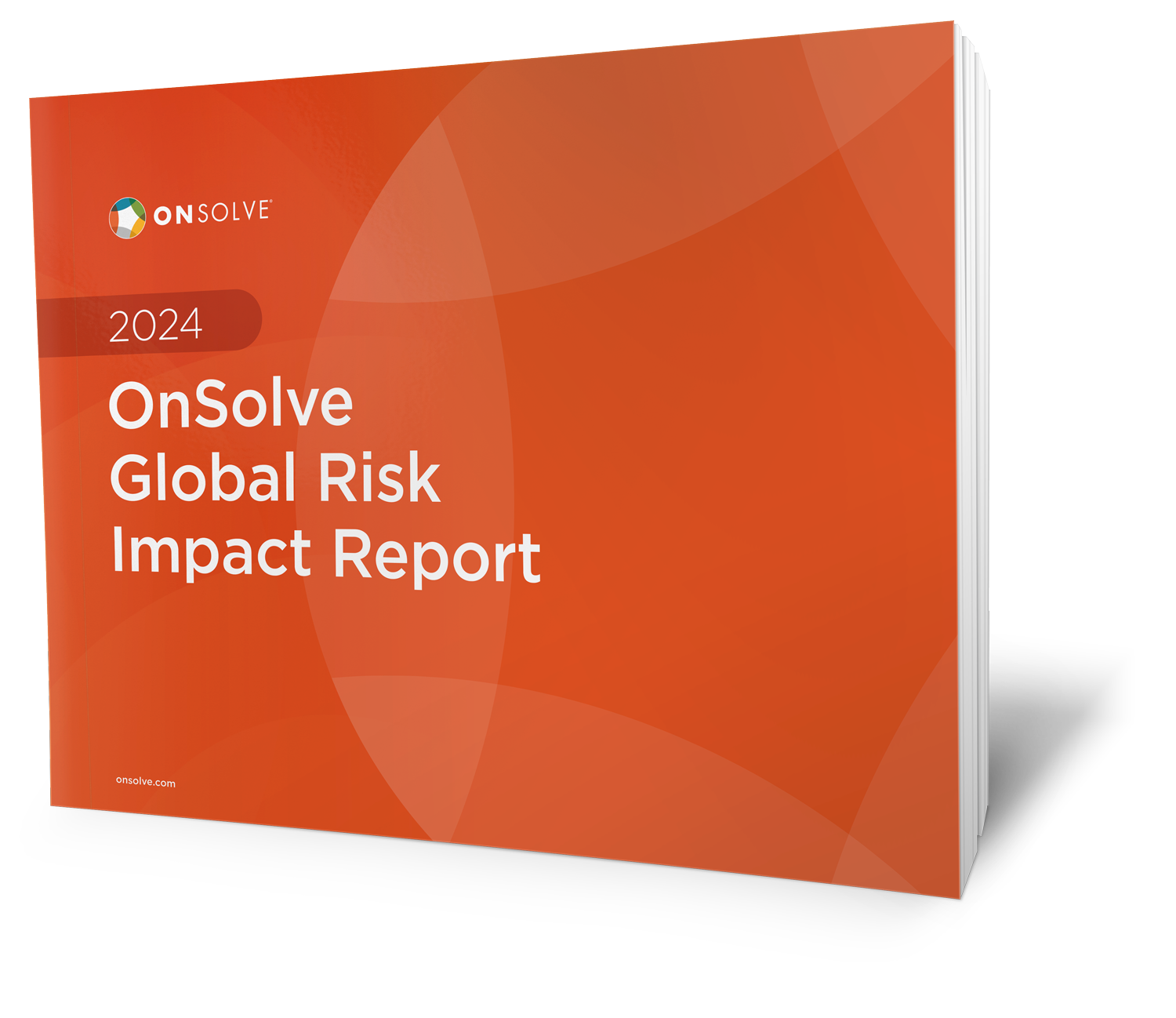For many organizations, it's déjà vu this week. Meta's platforms Facebook and Instagram experienced outages on Tuesday that lasted approximately two hours, coinciding with Super Tuesday voting in 16 states. And today, LinkedIn experienced an outage impacting thousands of users around the globe.
It’s not the first time outages of this magnitude have happened. In 2021, Facebook experienced a massive outage across all three of its platforms for six hours and was out for more than 14 hours back in 2019.
More than 3.5 billion people use Facebook, Messenger, Instagram and WhatsApp, and more than 200 million businesses use Facebook tools to communicate with their customers. Social media platforms are the primary means of both receiving information and communicating for many organizations, and these outages can have a profoundly negative impact, both financially and in terms of reputation.
Beyond the monetary and reputational consequences, the bigger question companies should be asking themselves is: “What would we have done if an emergency had happened during the outage?” This question has become even more urgent as the risk landscape continues to become more complex. Severe weather events are happening more frequently, cyber attacks are on the rise and civil unrest disturbances are in the news all too often.
If you’re relying on social media platforms to communicate with your stakeholders during critical events, the massive Facebook outage is a definite wake-up call that social media isn’t a reliable or effective tool for business operations. We’ve got a long list of reasons why – and we have some information to share about a better platform when it comes to crisis communications.
How It Works: OnSolve Mass Notification
Discover exactly how our mass notification capabilities help organizations keep their people safe and informed. Learn about key features, answers to the most common communications questions and see how fast and easy it is to send an alert.
5 Reasons Social Media Platforms Are a Risky Choice
- It’s not intended for crisis situations. Social media is a great tool for businesses when it comes to attracting new customers, advertising products and services and sharing information about upcoming events and activities. But it’s not nearly as effective if your business is trying to handle a cyber attack or a hurricane. Why? Simply put, crisis management isn’t the intended use of social media platforms – and it’s not what people use them for either. In fact, the most popular reasons people use social media are to read news stories, find funny and entertaining content, fill their spare time and stay in touch with friends, according to research. Choosing a tool that’s meant (and used) more for social interactions and engagement isn’t a smart choice when it comes to managing high-risk situations.
- There's a lack of technical support and security. What if your facility is in the path of a severe storm and you’re trying to use social media to alert impacted individuals, but you’re having technical difficulties? Do you think you’ll be able to get in touch with a support technician immediately? And what about security? We all know there have been plenty of questions over the past few years about data privacy when it comes to social media platforms. During a crisis, the last thing organizations have time to worry about is whether the information and messages being communicated are secure. But social media isn’t able to provide that assurance or peace of mind.
- It lacks functionality for crisis situations. During a critical event, one channel (like social media) isn’t enough. You need to be able to reach people across multiple channels and devices to ensure your message is read. Social media also doesn’t make it easy to track and log the flow of communications during an incident. It’s a challenge to monitor progress, and you can’t create an accurate audit trail.
- Messages can get lost in the mix (or sent to the wrong people). Just think about the sheer number of posts and feeds people read on social media every day. Even if you have a specific group set up for your business, there’s still a very good chance some of your messages won’t be read by everyone. If that message is about a severe storm or a cyber attack, you can’t risk it getting lost in the never-ending feed. In certain situations, you may also only want to notify people in a certain location or department. Unless you have groups set up for each potential scenario, you risk sending critical information to the wrong people. Yet another concern is knowing whether or not your messages were read. Counting “likes” isn’t going to cut it during a crisis.
- It’s inefficient and slow. Every minute counts during a crisis. Social media may seem like a fast way to reach people, but think about how events actually unfold during an incident. The crisis management team may be contacted first. They will then contact executives and management, who will then inform staff. There’s no time for this waterfall of communications during a critical event. Decisions need to be made in an instant, and communications need to be fast, relevant and targeted.
A Better Way to Manage Risk and Communicate During a Crisis
Organizations looking for a better way to manage risk need look no further than a modern critical event management (CEM) platform. By combining AI-powered risk intelligence, critical communications and incident management, companies can take a proactive approach. Here’s a quick overview of how each component helps businesses mitigate risk:
- AI-powered risk intelligence: Artificial intelligence technology sorts through the enormous amount of data coming in from tens of thousands of global data sources and identifies issues that impact your business. Security leaders can anticipate imminent threats faster and respond appropriately and swiftly. Security teams can focus on strategic decisions about how to respond, rather than trying to determine if an event is real and may impact the business.
- Critical communications: The most important aspect of communications during a critical event is getting the right information to the right people at the right time. Integrated critical communications enables response teams to send out instant, geo-targeted, two-way alerts. Messages are sent in the recipient’s preferred device and channel, and you know if alerts are read.
- Incident management: No matter how much you plan for a crisis, every situation is unique. Mobile incident management makes it possible for crisis teams to seamlessly coordinate a response, access plans from anywhere, keep track of actions taken and adjust on the fly as the situation continues to unfold.
Whether it’s six hours or six minutes, organizations cannot afford to be left in the dark when it comes to managing a critical event. Take a closer look at how technology can give you the confidence to reach the right people at the right time during a crisis in this brochure.


